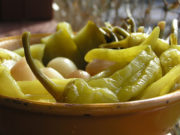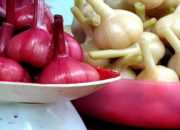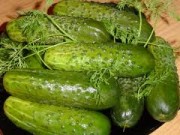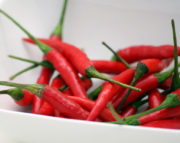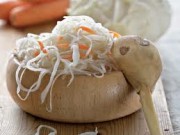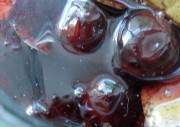How to salt Tarkin pepper for the winter
When it comes to national dishes, many take credit for the invention of the recipe. And you can’t argue with them, because sometimes it’s not easy to find the original source. It's the same story with Tarkin pepper. Many have heard this name, but no one knows what “Tarkin pepper” is.
None of the gardeners' reference books contains such a variety as Tarkino pepper, then where did the recipe come from? It's simple. In Dagestan, near Makhachkala, there is a small village called Tarki, and the name of the finished dish comes from the name of the area. And it would be more correct to call this dish “Tarkin pepper” or “Dagestan pepper”, but since most housewives want a recipe for Tarkin pepper, so be it.
Dagestan cuisine is famous for its spiciness. Any dish is invariably flavored with hot spices, and any appetizer burns your mouth. The same goes for Tarquin pepper. To prepare it you need anyone hot hot pepper from the chili family.

The recipe for pickling Tarkino pepper is exactly the same as for Tsitsak pepper, with only one difference. For tsitsak you need a certain type of pepper – long, thin and incredibly hot. For Tarkin you can use any pepper, even pollinated bell pepper. The main thing is that it is “meaty”, bitter, green in color, and approximately the same size.
Wash the pepper and make a cut near the stem with a sharp knife. The stalk with seeds itself does not need to be removed.
Place the peppers in a bucket or barrel, mixed with herbs, chopped celery root and garlic. This will not add any spiciness, but the hot pepper will acquire greater aroma and benefits.
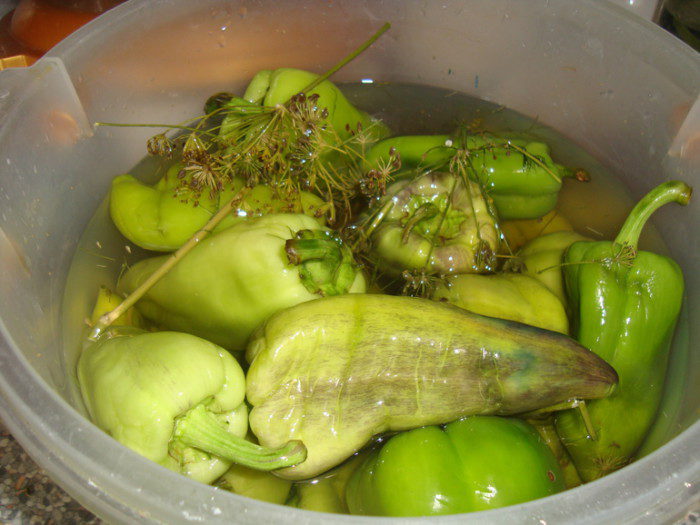
Prepare the brine, for 1 kg of pepper you need:
- 3 liters of water (approximately);
- 200 gr. salt;
- 1 head of garlic;
- 1 celery root.
Dissolve salt in cool, not boiled water, and pour pepper over it. To prevent it from floating, cover the container with pepper with a plate or a wooden circle and place a pressure on top. Peppers should be fermented at room temperature for two weeks. Every day, look under the lid and move the pepper a little. The brine must penetrate inside each peppercorn so that the product does not go rotten and is salted from the inside.
During two weeks of fermentation, the pepper will significantly settle and wrinkle, this is normal. But in order for Tarkin pepper to delight you all winter, fermentation should be stopped.
Pour the brine into a saucepan and leave the peppers in a colander to drain over the sink. When the brine stops flowing from the pepper, transfer it to clean, sterilized jars, squeezing it a little at the same time.

The brine should be boiled and the foam removed from it, after which, pour the hot brine into jars and cover them with nylon lids.
Tarkin pepper is stored quite well if the temperature in the pantry is from +5 to +18 degrees. Do not allow the peppers to freeze or re-ferment.
Watch the video: Preserving Hot Pepper for the Winter.

